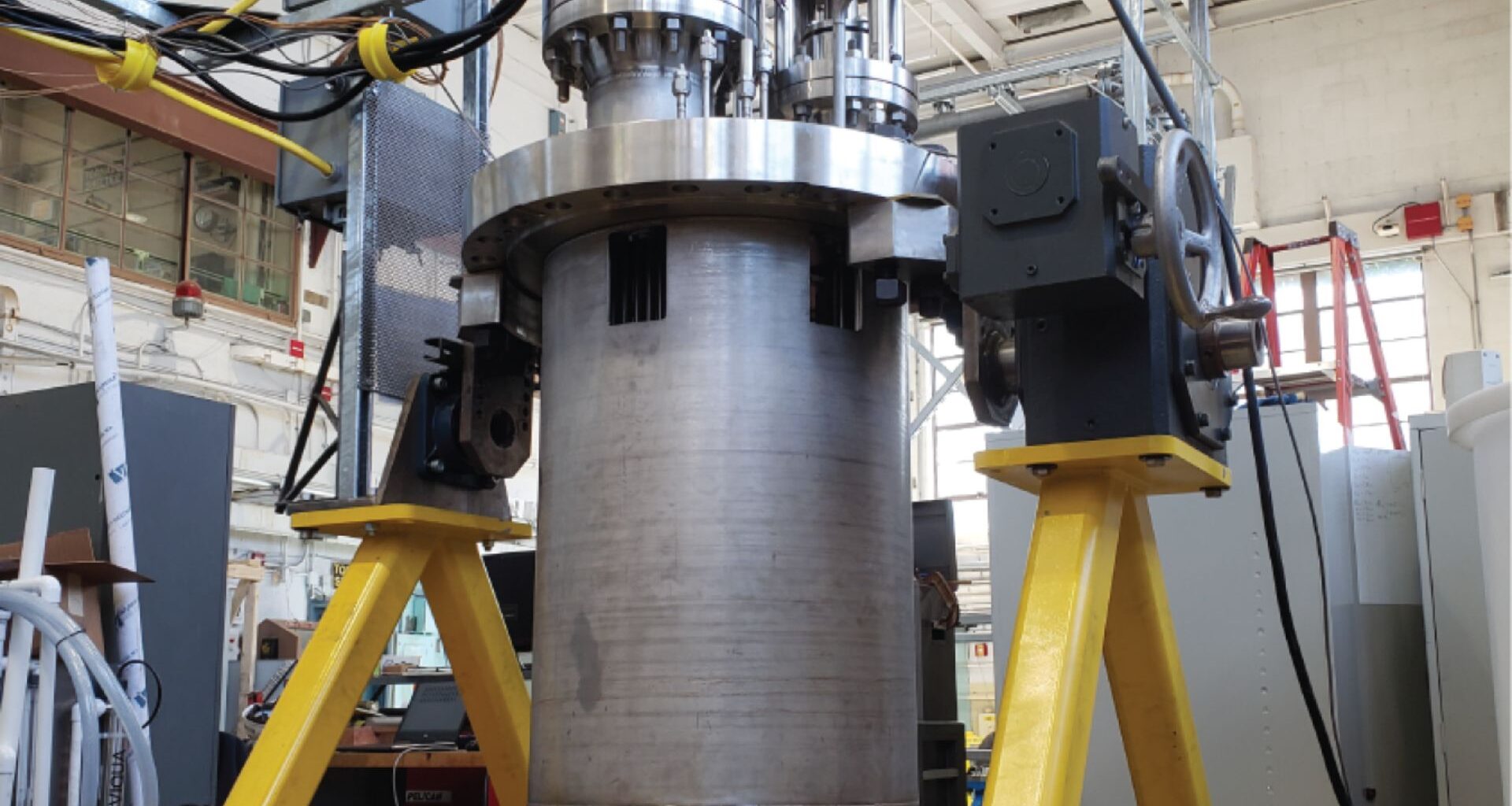As the demand for energy is growing, scientists are trying to tap the maximum potential of nuclear power. It is in this context that the Argonne National Laboratory has intensified its research activities.
Currently, the US relies heavily on first- or second-generation nuclear reactors to generate over half of its carbon-free electricity. These reactors use water as both a coolant and neutron moderator.
However, to meet future energy needs, the development of advanced reactor designs is crucial.
The laboratory is leading the charge in developing the next generation of nuclear reactors, known as Gen-IV reactors. These reactors promise to be safer, more efficient and produce less waste than their predecessors.
One of the most promising Gen-IV designs is the sodium-cooled fast reactor (SFR).
SFRs are gaining interest
“SFRs with metallic-alloy fuel are garnering a significant amount of interest because they have intrinsic passive safety and can produce more nuclear fuel material than they consume,” explained the lab in a press release.
Notably, Argonne boasts extensive experience with SFR technology, having designed, built, and operated the Experimental Breeder Reactor-II (EBR-II) for over three decades.
Now, Argonne’s focus on SFR development continues with the Mechanisms Engineering Test Loop (METL) facility.
Within METL, researchers are conducting experiments and component testing to advance the understanding and validation of SFR designs. A key component of this research is the Thermal Hydraulic Experimental Test Article (THETA).
THETA plays a critical role
“Thermal hydraulics is the study of heat transfer,” said Matthew Weathered, principal nuclear engineer at METL.
“We transfer heat produced by sustained nuclear fission to something that can produce electricity, such as steam spinning a turbine.”
THETA is a scaled-down representation of an SFR, approximately one-sixth the size of a full-scale reactor.
Despite its reduced scale, THETA incorporates all the essential components of a typical SFR, including an electrically heated core, mechanical pumps, an intermediate heat exchanger, and advanced instrumentation.
“In Gen-IV reactors, we look at optimizing systems — like pumps, heat exchangers and the reactor core — so that we are transferring heat efficiently to get the best return on investment,” asserted Weathered.
This allows researchers to simulate various operating conditions and accident scenarios, providing crucial data for validating reactor design software. The data generated by THETA is particularly valuable for the commercial nuclear industry.
THETA enables the development of future reactors
By simulating real-world conditions, THETA enables the testing and validation of new software codes and components, allowing stakeholders to make informed decisions regarding reactor design and operation.
“The unprotected loss-of-flow tests conducted from full power on the EBR-II reactor to demonstrate intrinsic passive safety are fundamental to today’s innovations,” highlighted Earl Feldman.
“The capabilities provided by THETA should contribute to the development of future SFRs.”
The development of Gen-IV reactors, like the SFR, holds significant promise for a cleaner energy future.
“There will be a lot of energy demand with respect to computational resources for artificial intelligence, and nuclear energy is a clean energy system,” concluded Weathered.
